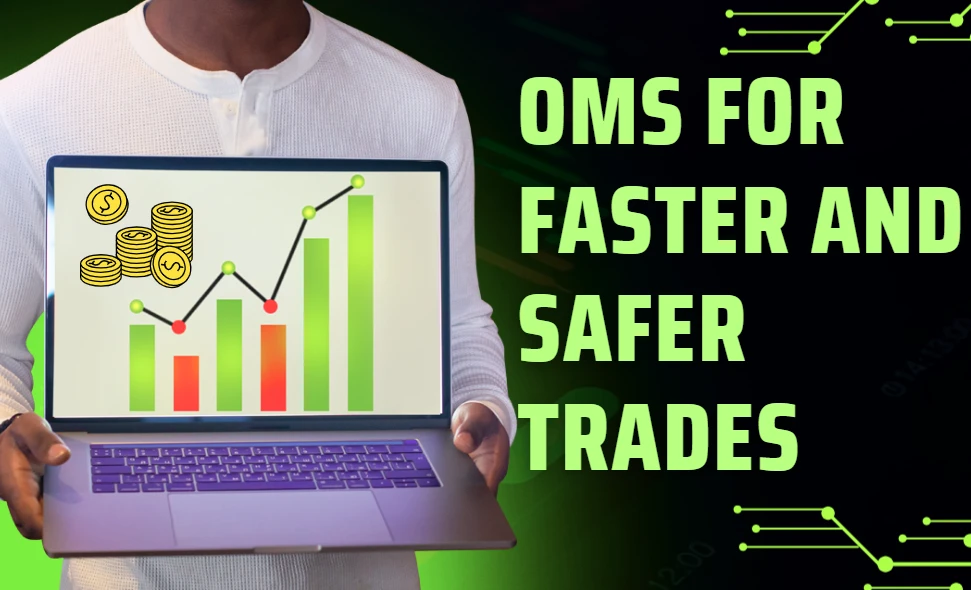OMS for Faster Trades: Speed, precision, and airtight oversight now decide whether a broker-dealer keeps clients smiling or fielding panicked calls at the closing bell. Manual blotters and scattered spreadsheets can’t keep pace with algorithms that react in microseconds and regulators who expect perfect logs.
An order management system (OMS) steps in as the modern trading nerve center, weaving every quote, fill, and compliance check into one seamless workflow. Here’s how it quietly powers faster, safer trades from the first click to settlement.
Instant Insights Drive Winning Reactions
An OMS ingests real-time market data, client order flow, and smart-routing logic under a single glass pane. Traders see depth-of-book shifts and liquidity pockets the moment they form, then route or slice orders without toggling between applications.
That immediacy shrinks slippage and boosts hit ratios because decisions travel straight from screen to venue with no middle-mile lag. Faster feedback loops also help junior desk members build intuition when every keystroke produces an on-screen result in milliseconds, lessons compound quickly.
Automated Guardrails Keep Risk Contained
Speed without discipline courts disaster, so the same system that accelerates execution also enforces limits that traders cannot click past. Pre-trade checks verify position caps, fat-finger thresholds, and market-wide circuit breakers before an order ever leaves the building.
Post-trade analytics then flag odd patterns layering, spoofing, sudden concentration so supervisors can investigate early. By embedding rules at the system level, firms avoid the “I didn’t notice” explanations that regulators and clients view with suspicion.
Seamless Connectivity Ends the Data Silos
Legacy workflows often stitched together EMS, PMS, CRM, and clearing platforms with brittle spreadsheets in between. A modern OMS replaces that tangle with straight-through processing: once an order is filled, allocations flow automatically to back-office reconciliation, the client confirms, and risk dashboards.
Fewer hand-offs mean fewer keystroke errors and no end-of-day pile-up of unmatched trades. Middle-office analysts gain the same consolidated view as the desk, saving them from reconciling three different versions of reality when volumes spike.
Built-In Compliance Simplifies Every Examination
Notebooks full of voice recordings and PDF blotters make exam season painful. An OMS stores time-stamped messages, amendments, and approvals alongside every order, creating a fully indexed audit trail.
Supervisors can replay a trade’s life cycle in seconds instead of days, and the same logs feed the firm’s broker-dealer audit service, ensuring outside reviewers see clean, consistent records. With reporting templates tuned to FINRA and SEC formats, the system turns a draining chore into a button-click export.
Conclusion
Order management systems do more than replace clipboards; they fuse speed, risk control, connectivity, and compliance into a single workflow that grows with the market’s demands. By centering every trade around one source of truth, broker-dealers gain the confidence to move quickly, scale volumes, and sail through inspections without scrambling for paperwork.
In an industry where reputations pivot on split-second execution and spotless records, an OMS isn’t a luxury it’s the quiet engine that keeps the whole operation in motion.
Tags: Best OMS trading systems, Oms for trades example, Best oms for trades, Trade order management system examples, Trade order Management System vendors, Trading order Management system architecture, OMS system.
